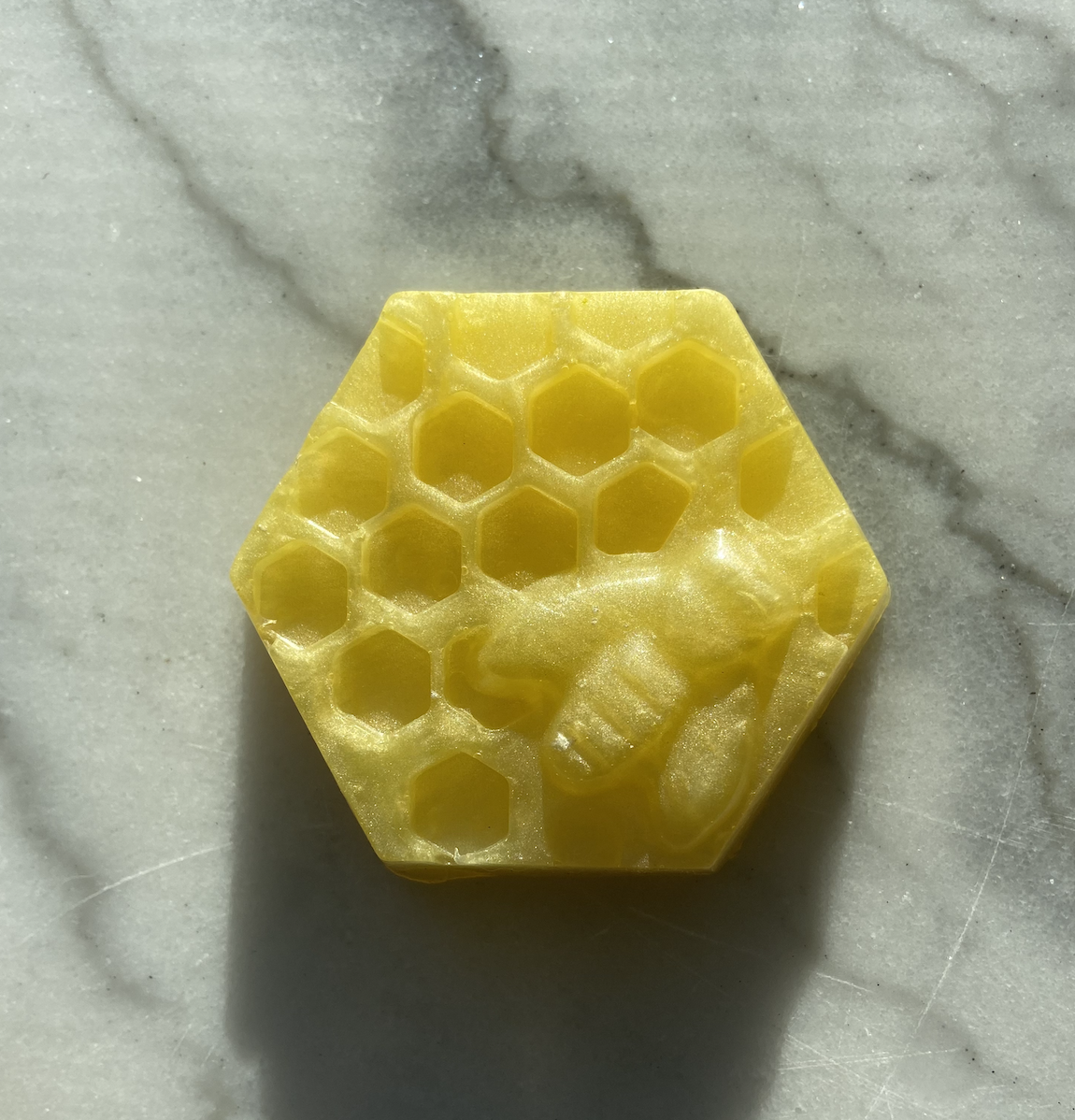Detangling natural curls, particularly type 4 hair, is not intuitive. Unless you are explicitly taught how to do it, you’re probably doing it wrong.
First, we should examine what detangling is and what it is not. According to the Mayo Clinic, humans shed 50 – 100 hairs per day. If you’re a natural who wears her hair in protective styles or styles that do not require you to comb through your hair daily, you’ll need to do the work of detangling or removing shed hair on wash day.
Continue reading for a practical guide on how to properly detangle your type 4 hair at home without an abundance of breakage.
Detangle before washing
The most overlooked and misunderstood principle of the detangling process is that you should do this work on the front end. Many naturals tend to detangle after hair has been washed, shampooed, and conditioned. However, waiting until after hair has been drenched in water, shampoo, and conditioner to remove shedding will result in a detangling process that is more arduous and painful. Further, taking this approach will result in more breakage and less length retention.
Instead, naturals should opt to de-shed fallen strands before washing. The end result: less matting and more length retention.
Use a pre-poo
Detangling should never be performed on dry hair. Instead, naturals should opt for a pre-poo. One of the best and most inexpensive pre-poos for detangling is flax seed gel. To use flax seed gel or any other pre-poo for detangling purposes, use a spray bottle to dampen the hair, then apply the pre-poo and work throughout the section from tip to root. As you work your fingers through each section, gently remove loose hair with your fingers. Then, follow up with a detangling brush.
Note: Flax seed gel can be made at home by boiling 3 tablespoons of flax seeds for 10 – 15 minutes. Strain the liquid in a metal strainer. Allow the gel to cool and apply to the hair in medium sections.
Use a high-quality detangling brush
Not all styling tools are created equally. When searching for detangling tools, look for those designed for coily hair. The wrong detangling brush will result in devastating breakage so be sure to do your homework.
Detangle vertically first
Once you’ve acquired the right brush, you should work from tip to root. Use the brush vertically first, removing shed hair from your ends in a downward motion. After working your way up to the root, you can remove any leftover shed hair by brushing horizontally.
Work in s-medium sections
For optimal results, work in small to medium sections, and when a section is complete, put it in a twist to avoid further tangling.
Take your time
Detangling is probably the most time-consuming part of wash day but it’s necessary and investing the time of the front end will make the rest of wash day go more smoothly.
Fairy knots
When you encounter fairy knots or larger clumps of hair, hold the knot taut with one hand and use the other hand to gently remove 4-6 strands at a time. As you remove the strands little by little, the knot will become smaller and then you can resume detangling as usual.
Wash in twists
To protect all of your hard work, you should keep the hair in twists for washing, conditioning, and deep conditioning. This will help prevent further tangling.



